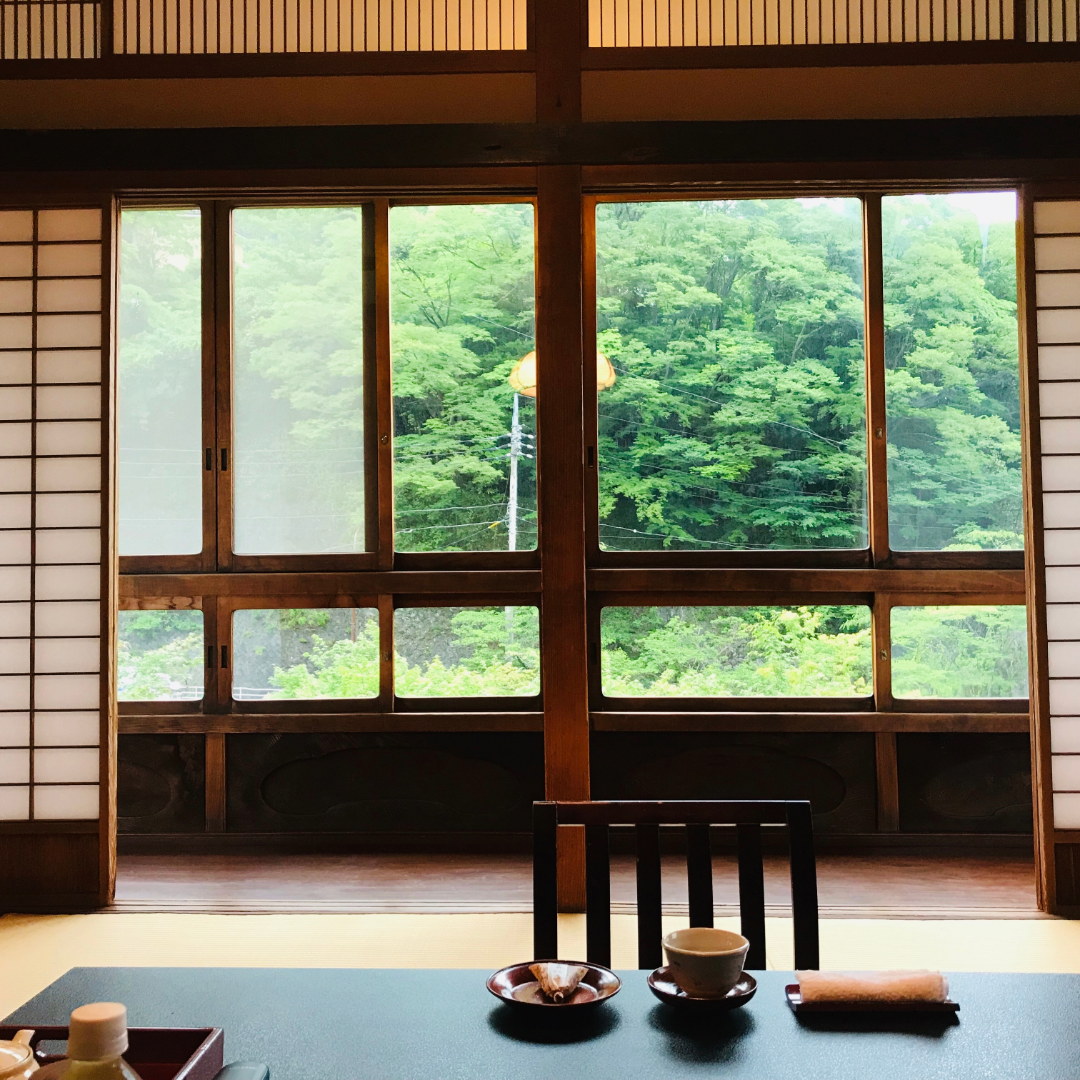Living in a Traditional Japanese House: Tatami, Shoji, and More
Imagine walking into a space where the past meets the present in the most peaceful way. The soft scent of straw fills the air, and natural light gently filters through translucent sliding doors. Welcome to the world of traditional Japanese houses, where architecture and interior design blend to create a serene living environment. These homes are defined by iconic elements like tatami, shoji, fusuma, and tokonoma, each contributing to a unique lifestyle steeped in tradition, harmony, and balance.
While modern architecture has reshaped Japan's urban landscape, many Japanese homes still retain elements of traditional design. For those fortunate enough to experience living in a traditional house, it's a journey into Japan’s cultural essence, where respect for nature and craftsmanship is at the core of everyday life.
The Soul of the Home: Tatami Mats
At the heart of any traditional Japanese house is the tatami mat, a staple that not only defines the look of a room but also influences the way you live in the space. Made typically of rice straw and woven rush, tatami mats exude a fresh, earthy fragrance that changes with the seasons. Their soft, springy texture offers comfort underfoot and even determines how furniture—or rather the absence of it—is arranged.
Tatami rooms are often multipurpose. During the day, they may be used as a living area where people sit directly on the floor, and at night they become sleeping spaces with futon mattresses spread out for rest. This flexibility is a central aspect of life in a traditional Japanese home, where simplicity and minimalism are key. The mats are measured in units called “jo” (畳), and rooms in traditional houses are often described in terms of how many tatami mats they can fit, for example, a 6-jo or 8-jo room.
In a symbolic sense, tatami mats represent a connection to nature, bringing the outside in. When walking barefoot on these mats, you are reminded of a slower, more thoughtful way of living.

Shoji and Fusuma: Doors that Bring Nature Inside
Another hallmark of a traditional Japanese house is its sliding doors—shoji and fusuma. Unlike the solid, hinged doors you find in most Western homes, these sliding doors are delicate and lightweight, creating a seamless flow between rooms and the outdoors.
Shoji doors are made from wooden frames covered with washi paper, a translucent material that allows natural light to diffuse throughout the space. The soft, glowing effect of sunlight filtering through a shoji door transforms the atmosphere of a room into something magical. Shoji doors open onto verandas or engawa, which offer a peaceful view of the garden. This is an essential aspect of the traditional Japanese house: blending the indoor and outdoor environments in a way that invites nature into the home.
Fusuma, on the other hand, are sliding doors made from thicker, opaque materials like cloth or paper stretched over a wooden frame. Unlike shoji, fusuma are used as room dividers inside the house. They can be beautifully decorated with intricate patterns or painted scenes of nature, adding an artistic touch to the room. Fusuma doors are easy to move, and the space they conceal can be flexible, depending on the occasion—whether it’s for privacy, storage, or temporarily expanding the room for a gathering.
These sliding doors not only serve practical purposes but also embody a philosophy of impermanence. Rooms in a traditional Japanese house can be reconfigured at will, reminding inhabitants that life, too, is constantly shifting and evolving.
Tokonoma: The Heart of Aesthetic Appreciation
No traditional Japanese home is complete without a tokonoma, a recessed alcove that holds your great cultural and aesthetic items. The tokonoma is a place for displaying objects of art, such as calligraphy scrolls, flower arrangements (ikebana), or seasonal decorations. It’s not just a decorative feature, but a reflection of Japanese values like beauty, simplicity, and mindfulness.
In a formal setting, the tokonoma is where your guests sit facing, as it’s considered the most honored spot in the room. The choice of objects placed in the tokonoma often changes with the seasons, further reflecting the Japanese love for nature and its cycles. This display area acts as a quiet focal point, encouraging contemplation and appreciation of craftsmanship and nature’s fleeting beauty.
The Engawa: Connecting Indoors with Outdoors
Another striking feature of traditional Japanese homes is the engawa—a narrow wooden veranda that wraps around the house. The engawa serves as a bridge between the house and the garden, offering a place to sit, relax, and take in the natural surroundings.
In the past, the engawa was a social space where neighbors could easily stop by for a chat, and families would spend time together enjoying the outdoors. Today, it still functions as a peaceful retreat, allowing residents to remain connected to the changing seasons and the natural world, even in an urban setting.
The Japanese garden itself is an extension of the home, designed to evoke a miniature landscape with elements like ponds, rocks, and carefully pruned trees. The view of the garden from the engawa changes throughout the year, providing an ever-shifting backdrop that enhances the beauty of the home.
Minimalism in Every Corner
A traditional home promotes a minimalist lifestyle, both in design and function. Rooms are largely unfurnished, except for essential items like low tables (chabudai) or zaisu (legless chairs) used during mealtimes. Storage is cleverly built into the structure of the house, with oshiire (closets) concealed by sliding doors. This lack of clutter creates a sense of spaciousness and calm, allowing the mind to relax.
Living in such an environment encourages mindfulness in daily activities. When there is less distraction from material objects, the focus shifts to the present moment. Whether you're enjoying a quiet cup of tea, rolling out a futon for sleep, or carefully arranging flowers in the tokonoma, life in a traditional home is filled with moments of intent.

Respecting Tradition in Modern Life
While the traditional Japanese home may seem like a relic of the past, many contemporary homes in Japan still incorporate elements of this timeless design. Tatami rooms, shoji doors, and tokonoma alcoves are cherished features that bring warmth, beauty, and tranquility to modern living spaces. In cities where space is at a premium, the flexibility of these homes allows for smart, adaptable living solutions.
The underlying principles of traditional Japanese houses—simplicity, harmony with nature, and an emphasis on craftsmanship—continue to resonate with people around the world. As the world becomes more fast-paced and technology-driven, the timeless qualities of traditional Japanese living offer a counterbalance, reminding us to slow down and appreciate the beauty of our surroundings.

A Journey into Serenity
Living in a traditional home is more than just occupying a space—it’s an immersive experience that shapes daily life. Whether it's the gentle feel of tatami beneath your feet, the soft light passing through shoji doors, or the contemplation inspired by a carefully curated tokonoma, each element contributes to a sense of peace and mindfulness.
For those who live in such homes, these design features are not just relics of history but are alive with meaning and purpose. They remind us of the beauty found in simplicity, the importance of living in harmony with nature, and the value of intentional living—lessons that transcend time and place.

